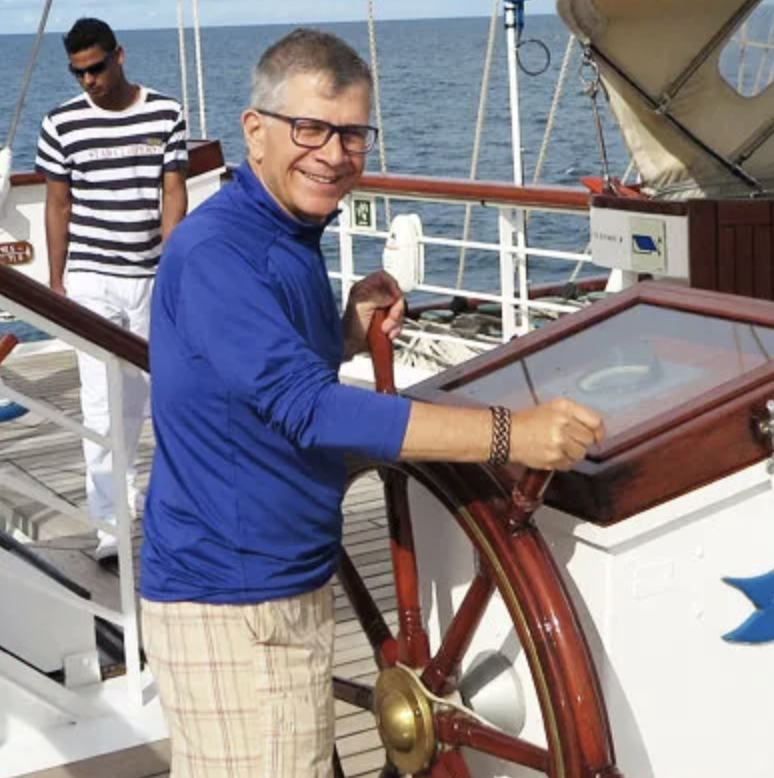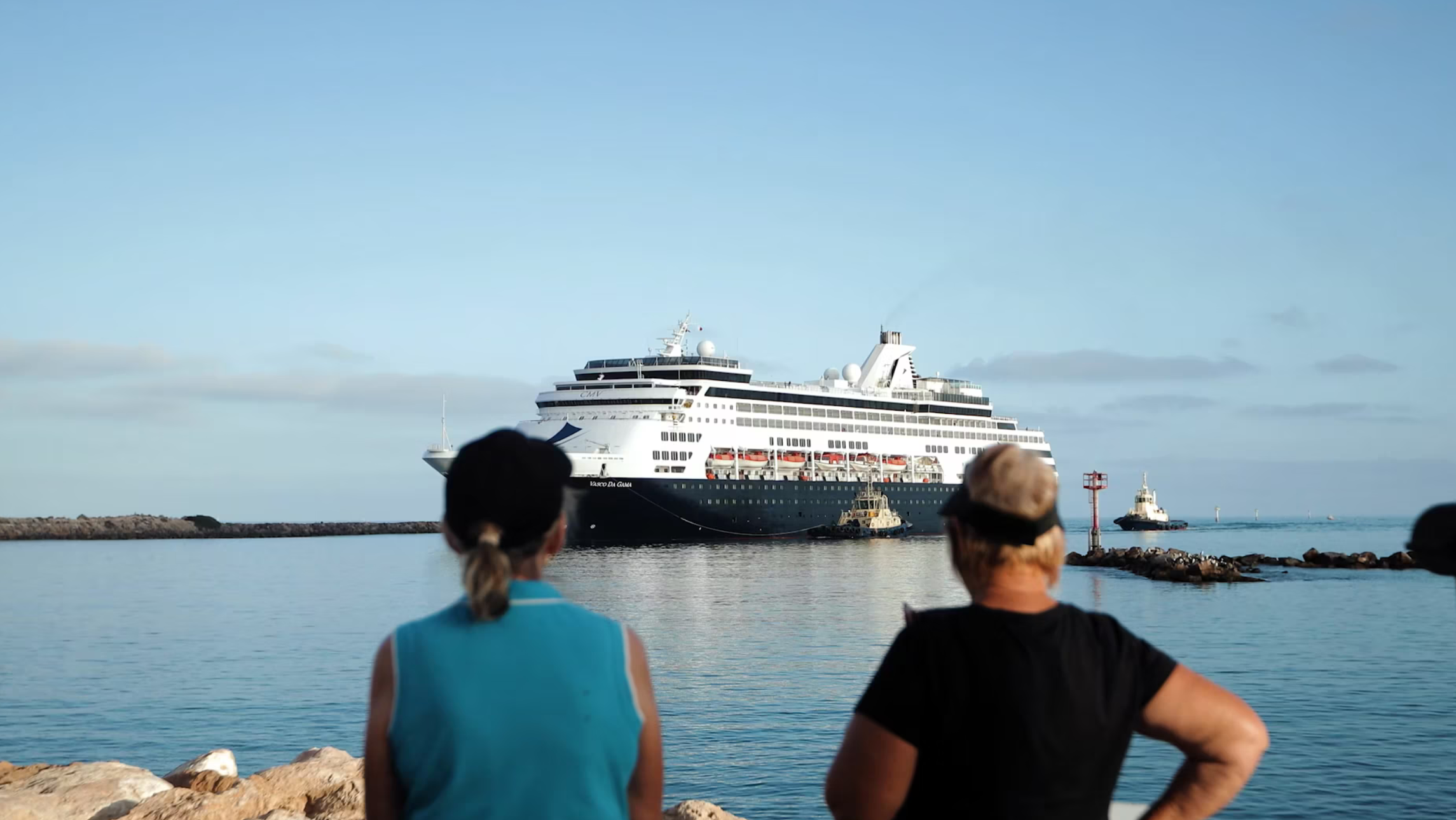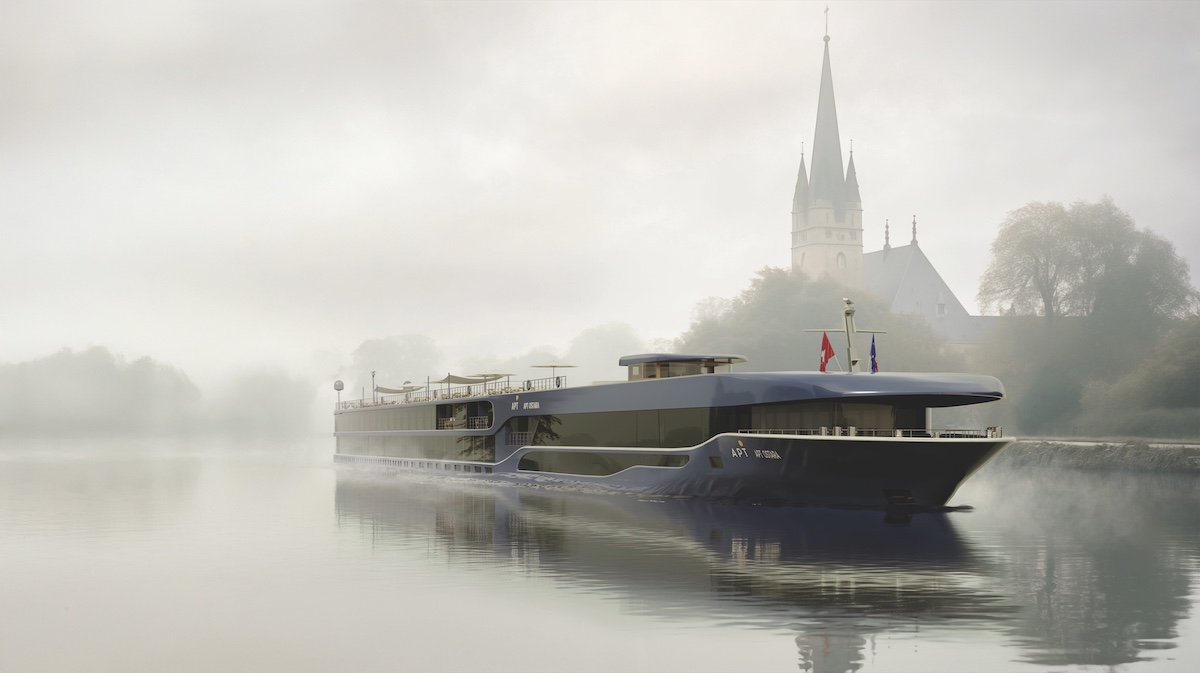It’s a tale of two continents: in America, today marks the end of the mandatory health protocols on cruise ships and a change to a voluntary system. In Australia, cruise ships remain banned and a law change to allow them back is still stuck in Parliament and might not be voted on before the end of March.
Among suggestions in the Australian Biosecurity Amendment (Enhanced Risk Management) Bill 2021 is a docking delay of up to 12 hours which can be ordered by a Biosecurity Officer until he is sure there is no threat of disease from the ship.
Like the rest of us, cruise ships have been hit by Omicron. Almost every ship sailing in America has had cases, and the same goes for Asia and Europe. But most countries espousing the idea that we should try and reclaim our lives are saying: “So what?”
But not Australia.
Here’s what the American Centers for Disease Control and Prevention (CDC) director Dr. Rochelle Walensky told a US Senate hearing earlier this week: “The fact that the industry has stepped up and is now interested in doing and exceeding the compliance with the Conditional Sail Order [CSO] without the order even necessarily needing to be in place is a real testimony to how well that has worked and how we work collaboratively with the industry.”
That’s why their sail order expires today.
The CDC made the recommendation despite the fact that there has been a 30-fold increase in Covid cases on ships over the last two weeks because of the omicron variant.
Dr Walensky said she expects most cruise lines will continue to follow the order voluntarily.
Indeed, she made special mention of Alaskan communities which rely on cruise ships for their livelihoods. She said the cruise industry had “undertaken extraordinary precautions to make sure that people are protected from this virus.”
And she added: “I want to make sure that Alaskan communities and businesses can have a season this coming year, and right now people are making their decisions as to whether or not to book a trip to Alaska for the summer.”
There is no doubt cruise, like hotels, restaurants and resorts, has been hit by Omicron. The big headlines were reserved for the Ruby Princess – known in Australia for sparking one of our biggest COVID outbreaks. She docked in San Francisco on Thursday with a dozen COVID cases. But she was not alone.
According to the CDC’s colour-coding system, a cruise ship may be determined to be “yellow” – and, therefore, subject to CDC observation – if a threshold of just 0.10 percent or more passengers (i.e., 7 out of 6,500) have tested positive in the last seven days, or if even just one crew member tests positive.
It will be two years in March since the Ruby Princess docked in Sydney, sparking over 900 infections and leading to 28 deaths. Princes Cruises told USA Today: “As with all Princess itineraries, this cruise is operated as a vaccinated cruise, as defined by the U.S. CDC and with guest and crew vaccination rates approaching 100%.”
So what happens next in Australia?
Well the bill is going through parliament to improve reporting, which may mean cruise ships will need to offer a 12-hour buffer before docking if there is COVID on board. But there is no guarantee it will pass before the cruise ban’s next milestone of February 17.
And even if it does, it would take 60-90 days before we see a foreign-flagged ship. So May and and the start of winter.
Still time, however, for a cruise season in Kimberley…if the state and federal governments want to make this happen.
CLIA Australasia welcomed the news from American and said: “This change by the CDC sends a clear message to governments in our region that the Covid protocols the industry has presented are effective. Cruising is the only segment of tourism that mandates high levels of vaccination and 100% testing of all passengers and crew to mitigate COVID-19, and the cruise industry is the only area of tourism that continuously monitors, collects and reports COVID case information.”
Earlier, CLIA MD Joel Katz said: “It’s time governments recognised that cruising has gone above and beyond most other sectors during this pandemic, and ended the different treatment that hurts travel industry professionals so deep
“No setting is immune from COVID-19 and we are indeed seeing cases being detected on cruise ships…the difference however is that cruise ships are subject to stringent science-based measures that include testing and vaccination requirements before boarding…this isn’t true in your local shops, pubs, theatres or most other land-based settings, and it’s now clear the incidence of COVID-19 is far lower on cruise ships than it is on land.”
Locally based Carnival lines like Carnival Cruises and P&O have already performed somersaults on sailings. Now Carnival has extended its pause in Australian operations, with Carnival Splendor cancelled through to 26 Apr, and voyages on Carnival Spirit through to 28 April.










I have said it before and I will say it again, why can I fly from one side of the world to another while sitting shoulder to shoulder with someone I dont know for an extended period of time in the confined area of a plane but I cant go on cruise ship with vast areas of outdoor space and the tightest of controls anywhere. Not to mention covid ready hospitals onboard and the fact it has been working very well in other parts of the world eg Europe and the US. Our government has to save the industry and allow ships to sail again even if its to Australian ports with Australian passengers and crew only. Its a start. They must pull their heads in and just do it.
Can you get the government to justify how you allow the airlines to pack 400 people in a sardine can travel side by side yet you can’t go on a massive ship ???? Two sets of rules. Awaiting a reply in which I most probably get.
We just need to get back to cruising
Covid-19 is not going to stop its going to stay for years
I still believe we have a deep seated problem in Australia and New Zealand, that problem is the fact that we have grown used to our medicare systems, then we walk onto a ship that is in most cases American Homed, You have a sniffle, I wont go to the doctor as it is going to cost an arm and a leg, that is the problem, we may sit in our cabin, we may have a bit of chest pain, tripped n a step and have a sprain, we do not go to the on board doctor we tend to wait until we get back to shore.
Is there a remedy, yes but cruise lines and government do not want open that can of worms, the remedy would be that medicare was active on cruises departing and returning to Australia or New Zealand.